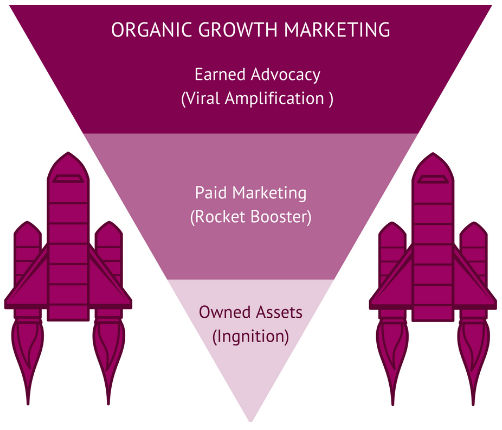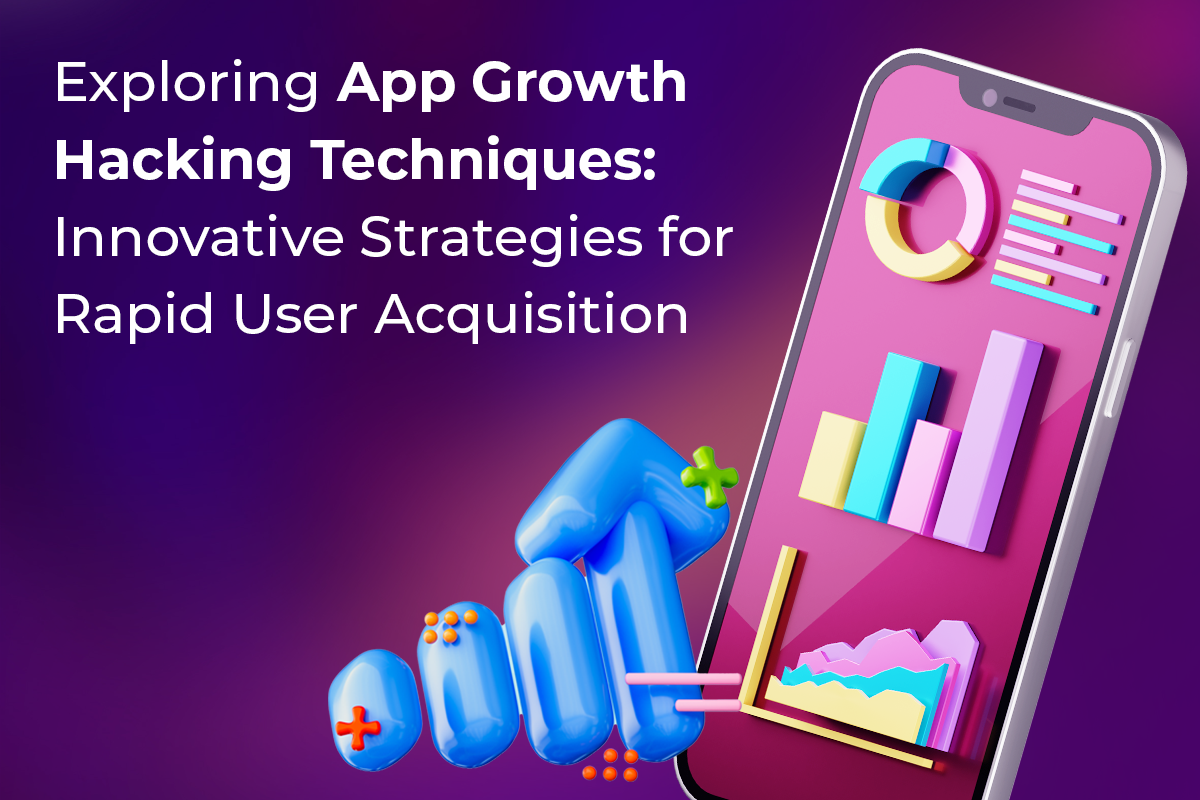
Growth hacking has become an essential part of the tech industry, with businesses relying on innovative strategies to achieve exponential growth. Whether you are launching a startup or growing an established tech company, there are dozens of tactics that can help you reach your objectives. In this article, we explore 45 of the most effective growth hacking strategies for the technology industry.
Understanding Growth Hacking in the Tech Industry
In today’s fast-paced world, technology companies are constantly striving to stay ahead of the competition. One of the most effective ways to achieve this is through growth hacking. Growth hacking is a process of experimenting with different marketing and product development tactics to achieve rapid growth for a business. It involves implementing a data-driven approach that focuses on quick wins, user acquisition, and revenue generation.
What is Growth Hacking?
Growth hacking is a relatively new term that has gained popularity in recent years. It was coined by entrepreneur Sean Ellis, who defined it as “a process of rapid experimentation across marketing channels and product development to identify the most effective, efficient ways to grow a business.” Essentially, growth hacking is a mindset that focuses on finding innovative ways to achieve growth.
There are many different tactics that growth hackers use to achieve their goals. Some of the most common include:
- Social media marketing
- Content marketing
- Search engine optimization
- Email marketing
- A/B testing
By constantly experimenting with different tactics and analyzing the results, growth hackers are able to identify what works and what doesn’t. This allows them to quickly pivot and adjust their strategy as needed.
The Importance of Growth Hacking for Technology Companies
Technology companies operate in a highly competitive market, where success hinges on acquiring a loyal user base and generating revenue quickly. Growth hacking helps companies achieve these goals by fostering innovation, aligning marketing and product development, and helping businesses scale quickly.
One of the key benefits of growth hacking is that it allows companies to quickly test and validate new ideas. This is especially important in the tech industry, where trends and user preferences can change rapidly. By experimenting with different tactics, companies can quickly identify what resonates with their target audience and adjust their strategy accordingly.
Growth hacking also helps companies align their marketing and product development efforts. By working together, these two teams can create a cohesive strategy that is focused on achieving growth. This can lead to better products, more effective marketing campaigns, and ultimately, increased revenue.
Finally, growth hacking helps companies scale quickly. By focusing on quick wins and rapid experimentation, growth hackers are able to identify what works and what doesn’t in a short amount of time. This allows companies to quickly scale their business and take advantage of new opportunities.
In conclusion, growth hacking is an essential strategy for technology companies looking to achieve rapid growth. By fostering innovation, aligning marketing and product development efforts, and helping businesses scale quickly, growth hacking can help companies stay ahead of the competition and achieve long-term success.
Building a Solid Foundation
Building a solid foundation is critical for any business, and growth hacking is no exception. By laying a strong foundation, you can set your business up for long-term success. Here are some tips for building a solid foundation for growth hacking:
Identifying Your Target Audience
Knowing your target audience is crucial for growth hacking success. By understanding your ideal customer, you can tailor your growth hacking strategy to their needs and preferences. To identify your target audience, conduct market research, analyze your competitors, and use target audience segmentation. This information will help you create a picture of who your ideal customer is and inform all aspects of your growth hacking strategy.
Once you have identified your target audience, you can use this information to create personalized marketing campaigns, develop targeted content, and optimize your website for their needs.
Establishing Clear Goals and Objectives
To achieve growth, it is essential to set clear goals and objectives for your business. Use data-driven insights to define metrics that matter, such as customer lifetime value, user acquisition cost, and revenue growth. These metrics help you stay focused and make informed decisions.
By setting clear goals and objectives, you can measure your progress and adjust your strategy as needed. This will help you stay on track and achieve sustainable growth over time.
Assembling a Growth-Minded Team
A growth-minded team is essential for achieving success in growth hacking. Hire individuals who are passionate about growth, understand your business values and goals, and are willing to experiment and fail. Cultivate a culture of innovation that celebrates experimentation and innovation.
Encourage your team to think outside the box and come up with creative solutions to drive growth. By fostering a growth mindset and creating a supportive team environment, you can achieve remarkable results and take your business to the next level.

Product Development Strategies
Developing a successful product requires a well-thought-out strategy that takes into account the needs of your target audience. In this article, we will explore some of the best product development strategies that can help you create a product that your customers will love.
Creating a Minimum Viable Product (MVP)
One of the most popular product development strategies is to create a minimum viable product (MVP). An MVP is a product that provides value quickly and inexpensively, allowing you to get it to market as soon as possible. By doing this, you can test the waters and see how your target audience responds to your product. Based on their feedback, you can iterate and improve the product over time.
When creating an MVP, it’s important to focus on the core features that will provide the most value to your customers. This approach allows you to get your product to market quickly and start generating revenue while you continue to develop additional features.
Implementing User Feedback Loops
Another effective product development strategy is to build a feedback loop into your product development process. By doing this, you can gather valuable insights into how your product is working for your target audience. There are several ways to gather feedback, including surveys, user testing, and customer feedback.
Once you have gathered feedback, it’s important to use this information to inform your product and marketing strategy. By making data-driven decisions, you can ensure that you are building a product that meets the needs of your target audience.
Prioritizing Features Based on User Needs
When developing a product, it’s important to prioritize features based on user needs. By doing this, you can ensure that you are building a product that is user-centric and delivers the most value to your customers.
To prioritize features, you can use customer feedback and data insights to identify the features that are most important to your target audience. By focusing on these features, you can create a product that meets the needs of your customers and provides them with the most value.
In conclusion, product development is a complex process that requires careful planning and execution. By using the product development strategies outlined in this article, you can create a product that your customers will love and that will help you achieve your business goals.
Content Marketing and SEO
Crafting High-Quality, Shareable Content
A content marketing strategy is essential for growth hacking. Create high-quality, shareable content that resonates with your target audience and provides value. Share your content on social media, use paid advertising, and collaborate with influencers to broaden your reach.
Optimizing Your Website for Search Engines
Search engine optimization (SEO) is an effective way to increase organic traffic to your site. Use keyword research, meta descriptions, and on-page optimization to improve your search engine rankings. Stay up-to-date with search engine algorithms and adapt your strategy accordingly.

Utilizing Guest Posting and Influencer Outreach
Guest posting on authoritative blogs and collaborating with influencers can help you reach new audiences. Establish relationships with influencers in your industry, and provide value to them. Use guest posting to showcase your expertise and provide a link back to your site, helping to build authority.
These 45 growth hacking strategies can help you achieve rapid growth for your technology business. However, remember that growth hacking is an iterative and ongoing process, requiring continuous experimentation and improvement. Use these tactics as a foundation, and refine your growth hacking strategy over time to achieve consistent and sustainable growth.
